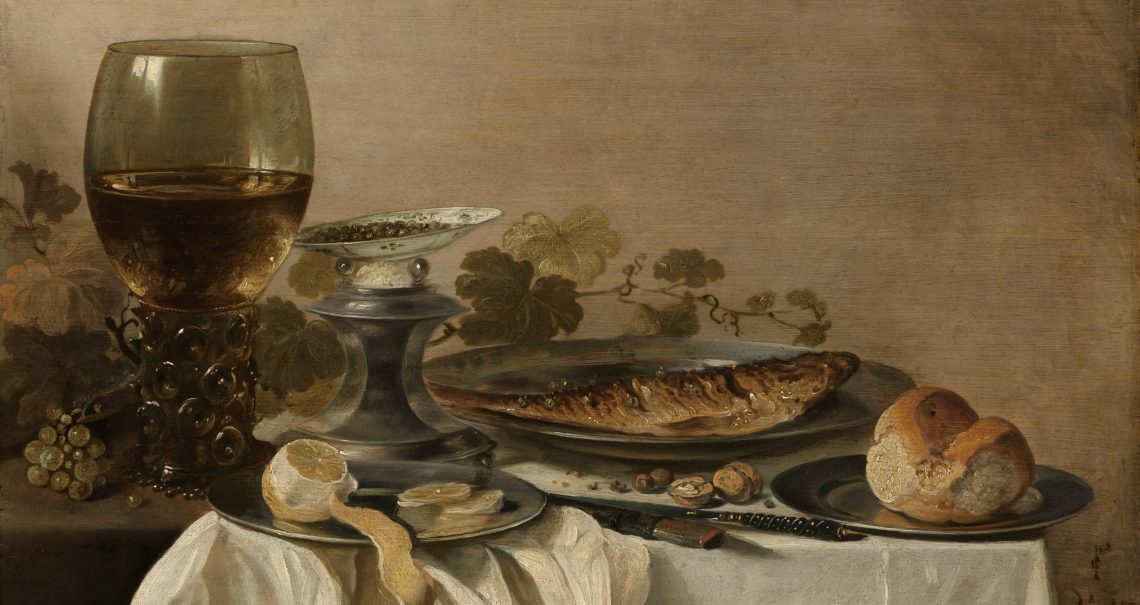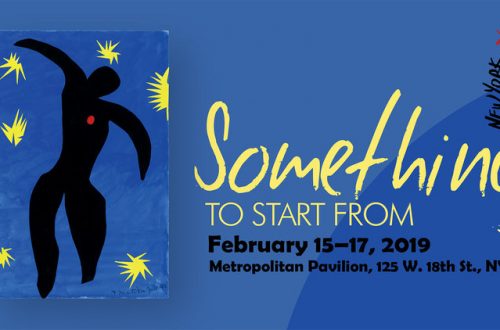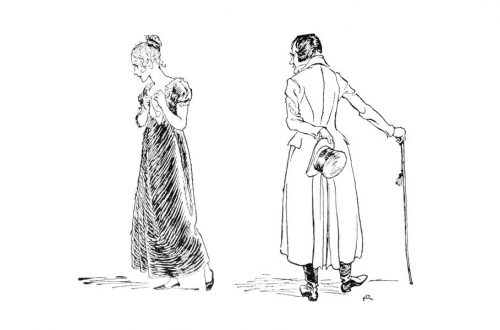by Matt Axvig
Some poems begin with a question they go on to answer, while others leave it to the reader to puzzle together the speaker’s life situation and the burning question behind the poem. In his nineteenth sonnet, John Milton, having lost his sight, wrestles with God. He is suddenly powerless to serve God as he had before. Milton alludes to Jesus’ parable of the talents, and laments, “Doth God exact day labour, light denied?” In other words, will God judge him as he did the servant who buried his talent? No! Milton concludes: “They also serve who only stand and wait.” Kay Ryan’s poem, “Backward Miracle,” is harder to place:
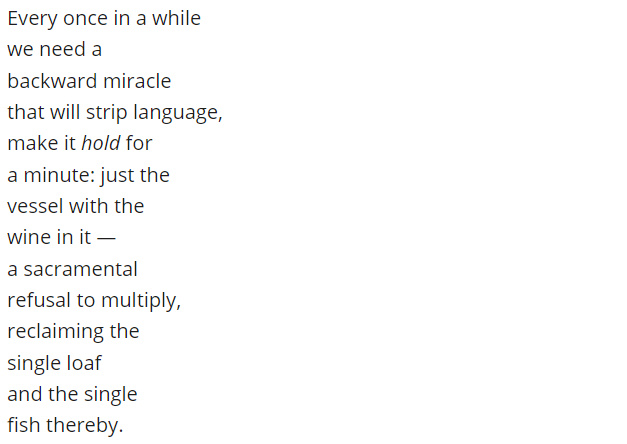
Every once in a while, we need prose, not poetry, says the poet. We need just the vessel with the wine and nothing more. We need a single loaf and the single fish and that is all. We need the literal sense of a word to “hold for a minute” before metaphors multiply, which happens, ironically enough, even in this poem. Here the well-known literal miracles from the New Testament are reimagined figuratively as linguistic miracles working backwards. It seems that whenever poetry gets too poetic, it is time to stop turning one thing into another and instead to “strip” things back down to just plain bread and wine as a kind of tether upon reality. For the literal sense is also sacred, and even straight on reality is full of interest and glory.
Consider the prologue of John’s Gospel:
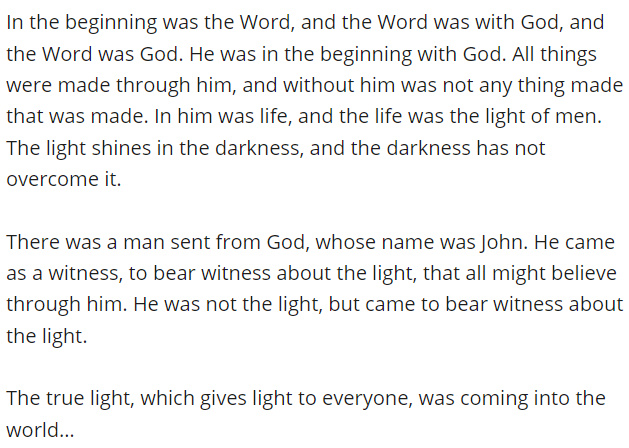
Here in this sacred poem is perhaps what Kay Ryan would call a forward miracle, since the old language from Genesis manages to articulate the contemporary meaning of a man sent by God. This is both a temporal and symbolic feat, to be able to recognize all the divine in just this particular man, to see this Jesus of Nazareth both as the Logos and as the light of the cosmos. And thereby the old language is made new.
Gerard Manley Hopkins’ poem, “The Windhover,” works similarly:
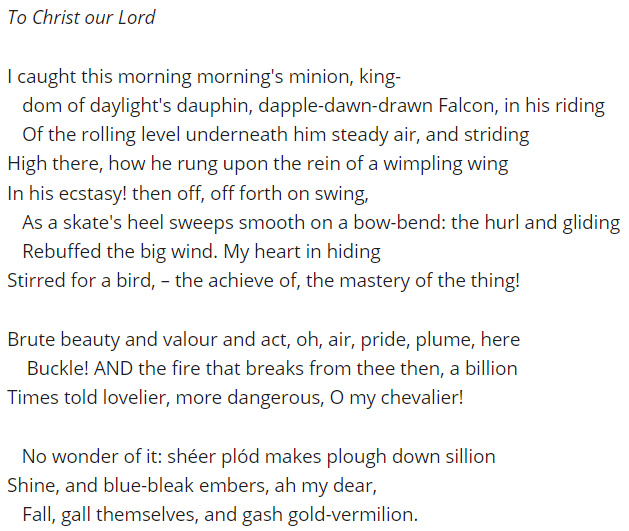
Hopkins relishes the singleness of the phenomenal falcon. He looks and he keeps looking, and then he calls over a friend to look with him and looks some more until he finds the words to mimic the spectacle. He devotes the first half of the stanza to the steady soar before turning in the second to the dive.
Hopkins concludes his poem with a christological gloss. In stirring for a bird, his heart also moved him to praise his lord, radiant in the falcon’s fire. At this “lauds” in the park, the beauty of this morning flight unveils the bride. This is the sort of forward miracle poets bear witness to in reality and perform in their poetry.
But sometimes, Kay Ryan suggests, we need backward miracles as well. After all, Jesus refused to perform miracles upon demand in Nazareth, his hometown. So when might a poet refuse likewise? Perhaps when a poet judges that the discourse at large is overdetermined. Either the language has become too abstract, losing touch with the real; or it has become too inflexible, forcing the matter into predetermined molds. And so the poet calls us to the things themselves in a backward miracle, writing poems that in effect say, “Here! Look at this and linger.”
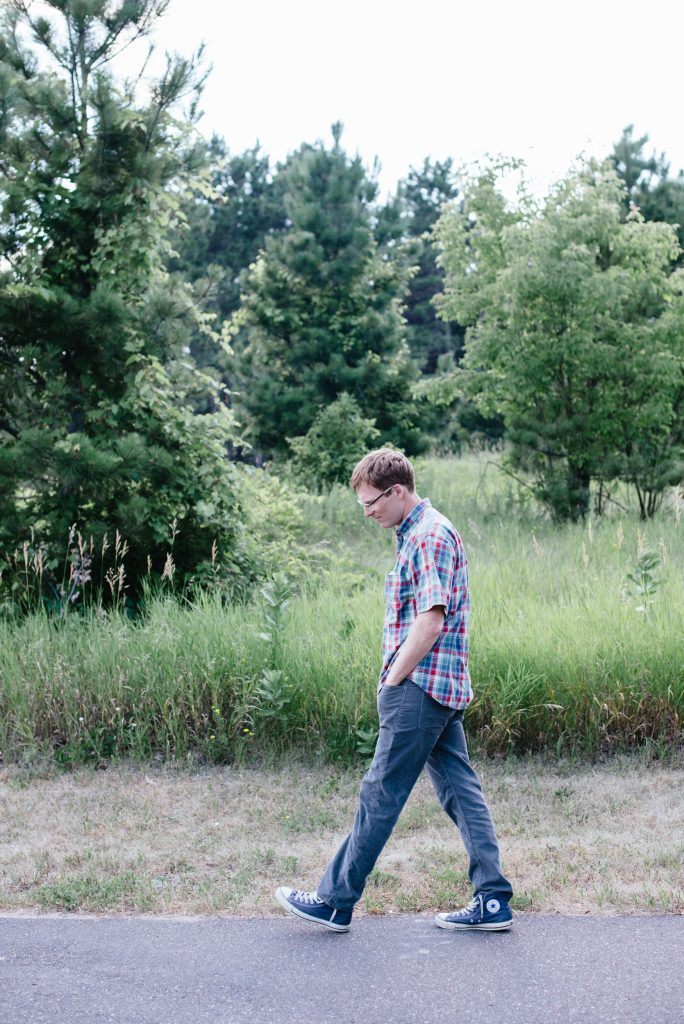
Matt Axvig is a teacher from Minneapolis, MN and father of two boys and two girls. He enjoys driving (sometimes aimlessly) and listening to music. He loves playing tennis and wakes up in the middle of the night to watch the Australian Open every January. He dreads Roger Federer’s retirement. And midway through his life’s journey, he takes satisfaction in having made several leaps of faith – going away to college in Chicago, majoring in philosophy, getting married and having children, living abroad in Peace Corps Moldova, quitting jobs with nothing lined up, switching careers, and joining the Eastern Church.
header image: Pieter Claesz’s “Still Life With Fish,” 1647 (crop) (in the public domain)
